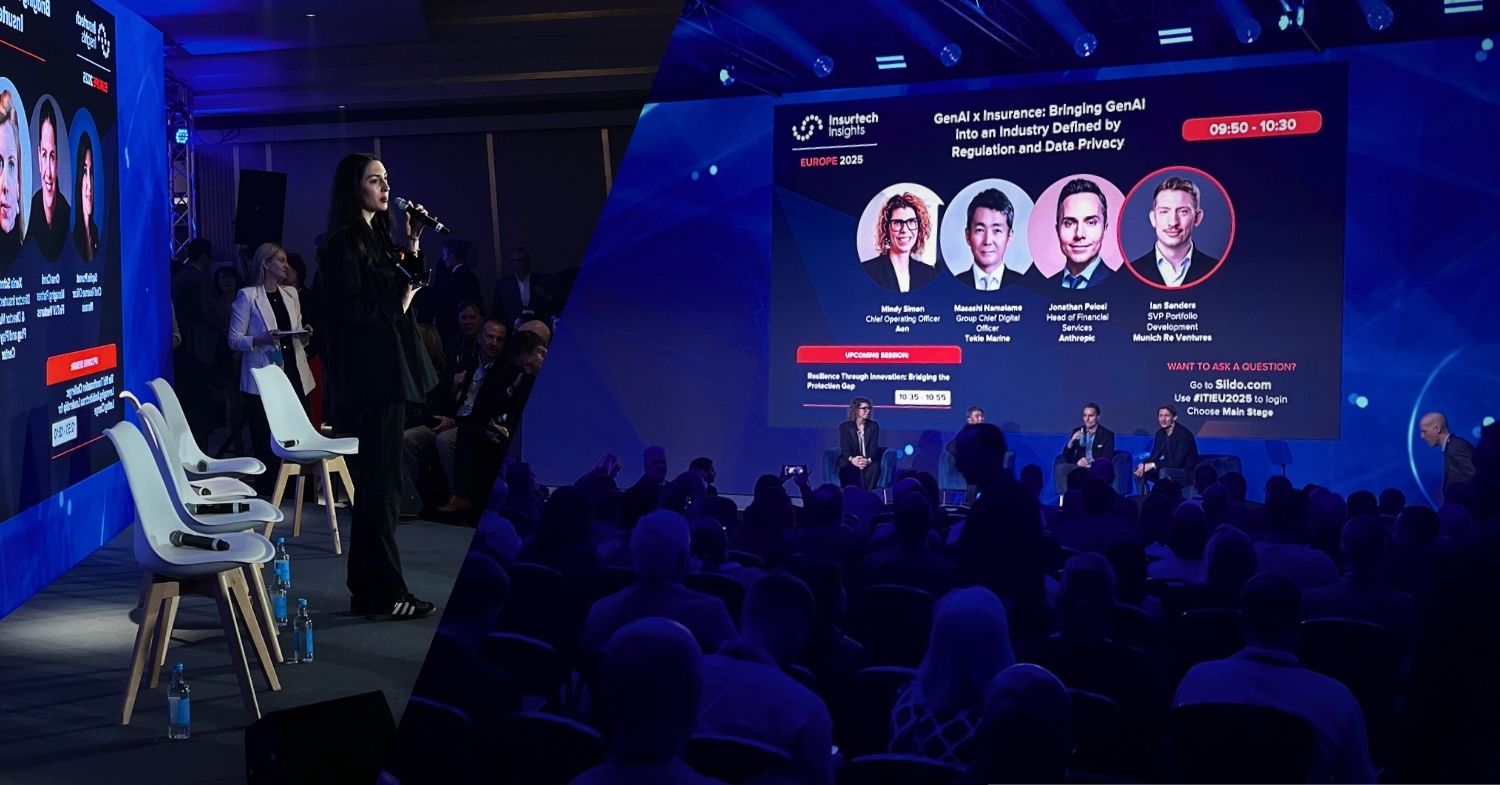What is claims leakage?
The brief description of Claims leakage (CL) is defined as the difference between what an insurer actually spent to settle a claim and what they should have spent. In other words – payments due to errors and inefficiencies that affect insurance companies through unnecessary expenditures.
A study by Insurance thought leadership indicated that the industry benchmark for CL is 2-4%, but stated the actual number is much higher – more likely around 20-30%. This means a few adjustments could result in tremendous savings for the insurance company.
What is causing CL?
There are mainly three things to blame for claims leakage, according to PwC:
People: Manual data unfortunately makes room for human error. Lack of onboarding, experience and training also has an impact.
Processes: Bursting business processes, vague review methods and absence of fraud signals. Sometimes documenting investigations is a shortcoming to being able to detect faulty payments in real-time.
Technology: Older systems not offering flexible, qualitative and meaningful data and control – as well as inefficient use of analytical tools.
Where is claims leakage most common?
Claims leakage is discovered by the insurance company later, which always leads to difficulties in correcting the problem.
These are common shortcomings that cause insurance companies to pay out claims leakage:
1. Failure to detect fraud caused by limited fraud regulatory engines and fraud risk assessment.
2. Payments errors to policyholders due to inexperienced staff, manual processes and lack of quality assurance.
3. Missed opportunities as a result of insufficient documentation, inconsistent approaches and repeated redistribution of claims between claims adjusters.
4. Lack of supplier contracts and workshop management, resulting in overpaying for auto repairs - and the ability to direct the claimant to suitable workshops.
How to prevent the leak
It becomes essential to attain factors that could alert CL while processing claims. Certain KPIs and custom rules in digital workflows can signal, and hence be proactive in detecting where your claims are leaking.
Claims adjusters can of course manually scan for common behavior in individual claims cases to determine fraud signals or leakage red flags. However, a claims adjuster is human and can make mistakes.
There would be more valuable to the company, customer and adjuster to let data filer out and signal doubted reports to review. Your claims department can work more efficiently, policyholders can receive settlements faster and claims adjusters can perform more meaningful tasks.
Investing in smart technology solutions is a great way for insurers to keep claims leakage to a minimum.
See how a customer of Wisentic quickly customers discover a leak in car glass claims that drastically reduced here. Start a conversation with us to detect and prevent the leakage – uncovering a solution for the unnecessary costs.








